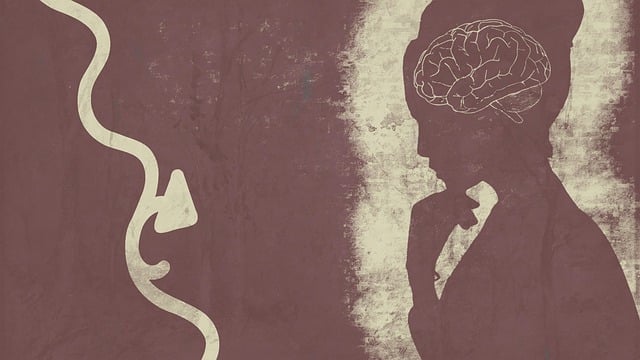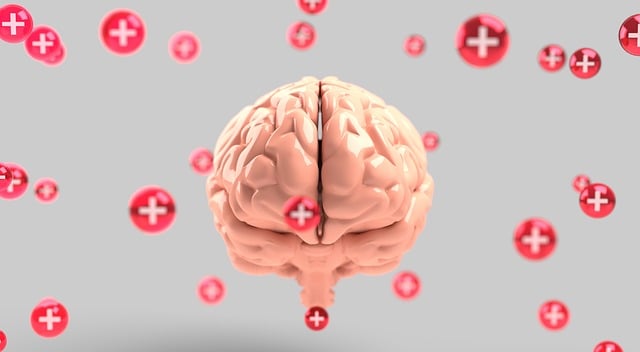Greenwood Village Conduct Disorder Therapy leverages community outreach to connect with at-risk youth early, offering workshops on emotional regulation and anxiety relief, along with risk assessments. This tailored approach integrates cultural competency training for mental health professionals, collaboration among stakeholders, and strategic marketing to overcome stigma. Measuring impact through participation rates, qualitative feedback, and outcome monitoring ensures programs address root causes, enhance community resilience, and improve quality of life for diverse residents.
Greenwood Village Conduct Disorder Therapy has recognized the power of community outreach as a vital strategy for improving mental health services. This article explores the comprehensive implementation of community outreach programs, from understanding their significance to designing effective initiatives. We delve into key components, address implementation challenges with practical solutions, and emphasize measuring impact for long-term success in Greenwood Village Conduct Disorder Therapy. Discover how these strategies can revolutionize access to care.
- Understanding Community Outreach: A Vital Strategy for Greenwood Village Conduct Disorder Therapy
- Designing Effective Programs: Key Components for Success in Greenwood Village
- Implementation Challenges and Solutions: Strategies for Overcoming Barriers
- Measuring Impact and Long-term Benefits: Evaluating the Effectiveness of Outreach Programs in Greenwood Village Conduct Disorder Therapy
Understanding Community Outreach: A Vital Strategy for Greenwood Village Conduct Disorder Therapy

Community outreach is a vital strategy for Greenwood Village Conduct Disorder Therapy to effectively engage and support residents in need. By reaching out to local communities, this therapy program can address conduct disorder issues head-on, focusing on early intervention and prevention. Understanding the unique dynamics of each community is key; tailoring approaches to resonate with diverse populations fosters trust and encourages participation. This strategy ensures that Greenwood Village Conduct Disorder Therapy becomes an integral part of the fabric of the neighborhood, offering much-needed support and education.
For example, implementing programs that promote emotional regulation and anxiety relief can significantly benefit at-risk youth. Through engaging activities and workshops, professionals can teach effective coping mechanisms, enhancing their ability to manage conduct disorder symptoms. Moreover, regular risk assessments for mental health professionals enable them to identify underlying issues early, ensuring appropriate interventions and long-term support for individuals within the community.
Designing Effective Programs: Key Components for Success in Greenwood Village

In designing effective community outreach programs for Greenwood Village, several key components must be considered to ensure success. Firstly, tailoring the program to address specific needs unique to the community is vital. This involves comprehensive research and engagement with local residents, leaders, and healthcare providers to understand prevalent issues like Conduct Disorder Therapy. Programs should integrate cultural competency training for mental health professionals, ensuring services are accessible and respectful of diverse backgrounds.
Additionally, incorporating risk assessment strategies helps in identifying and addressing potential challenges. Encouraging coping skills development through interactive workshops and support groups can significantly impact the community’s overall well-being. By fostering collaboration between various stakeholders, these initiatives create a network that promotes mental health awareness, accessibility, and effective interventions tailored to Greenwood Village’s distinct needs.
Implementation Challenges and Solutions: Strategies for Overcoming Barriers

Implementing community outreach programs, especially those focusing on mental health services like Greenwood Village Conduct Disorder Therapy, can face several challenges. One significant hurdle is reaching and engaging individuals who might be hesitant to seek help due to stigma or lack of awareness. To overcome this, communities can employ strategic marketing and education campaigns that highlight the benefits of therapy and emotional healing processes. Using accessible platforms and tailoring messages to diverse audiences can break down barriers and encourage participation.
Another challenge lies in securing resources and funding for these programs. Many organizations struggle to sustain long-term initiatives due to financial constraints. To address this, partnerships between community groups, mental health professionals, and local businesses or governments can be powerful solutions. Collaborating on fundraising events, granting applications, and in-kind donations not only provides the necessary financial support but also fosters a sense of collective responsibility for the well-being of the community. Additionally, leveraging existing infrastructure and integrating services with crisis intervention guidance can optimize resources, ensuring continuity and accessibility in anxiety relief programs.
Measuring Impact and Long-term Benefits: Evaluating the Effectiveness of Outreach Programs in Greenwood Village Conduct Disorder Therapy

Measuring the impact and long-term benefits of community outreach programs is vital for understanding their effectiveness in areas like Greenwood Village Conduct Disorder Therapy. By employing robust evaluation methods, therapists and mental health advocates can assess how these programs influence behavioral changes, improve access to care, and foster a sense of community well-being. This involves tracking participation rates, gathering qualitative feedback from program beneficiaries, and monitoring long-term outcomes related to conduct disorder symptoms, stress management, and mindfulness meditation practices.
A comprehensive Mental Health Policy Analysis and Advocacy approach is essential in Greenwood Village to ensure that outreach programs address root causes and promote sustainable recovery. By integrating evidence-based practices and incorporating community input, these initiatives can contribute to a holistic mental health ecosystem that benefits individuals across all age groups and backgrounds. This not only enhances the quality of life for residents but also strengthens social connections, reinforcing the overall resilience of the community.
Greenwood Village Conduct Disorder Therapy can significantly benefit from community outreach programs, as highlighted throughout this article. By understanding the key components for success, navigating implementation challenges, and measuring impact, therapists and organizations can develop effective strategies that reach and support at-risk youth in Greenwood Village. Such initiatives have the potential to revolutionize therapy outcomes, fostering positive change within the community on a lasting basis.














